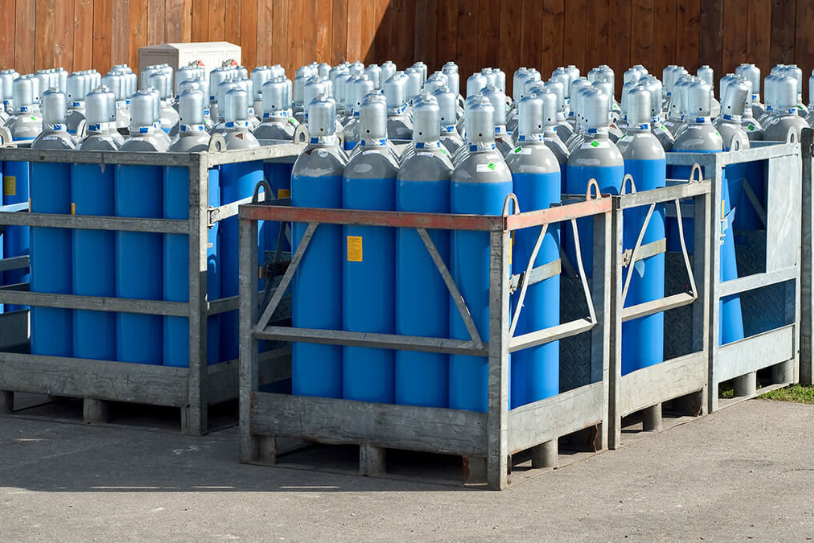Cylinders
Home » Our Products » Pneumatic Accessories » Cylinders
- Our Products
Cylinders

- get in touch
Reach Out to Our Team Today for Customized Industrial Valve Assistance and Inquiries
At Valvomatic Industries, we value open communication and are always here to assist with any questions or inquiries you may have. Whether you’re looking for more information about our products, need technical support, or have specific requirements for your project, our dedicated team is ready to help.
A cylinder is a three-dimensional geometric shape characterized by two parallel, congruent circular bases connected by a curved surface. The distance between the circular bases is the height of the cylinder, and the radius of each circular base is the radius of the cylinder. This fundamental shape is ubiquitous in our world, appearing in everything from everyday objects like cans and pipes to complex engineering designs and scientific models. Understanding the properties and characteristics of cylinders, such as their surface area and volume, is crucial in mathematics, physics, engineering, and many other disciplines.
The surface area of a cylinder is calculated by adding the areas of the two circular bases to the area of the curved lateral surface. The volume of a cylinder, representing the space it occupies, is found by multiplying the area of the base by the height. These calculations allow us to quantify and analyze the cylinder’s physical attributes, enabling us to solve a variety of practical problems. From designing storage containers to calculating the flow rate through a pipe, the cylinder’s mathematical properties provide essential tools for problem-solving and understanding the world around us.
Features of Cylinders
- Shape and Dimensions
- Material
- Manufacturing Tolerances
- If focused on engine components
- If focused on Hydraulic Systems
- If focused on Volume Measurement
Applications of Cylinders
- Engine Cylinders
- Hydraulic Cylinders
- Pneumatic Cylinders
- Heat Exchanger Cylinders
- Water Storage and Treatment
- HVAC Components
Specifications of Cylinders
| Pneumatic Cylinders | For lighter-duty applications using compressed air |
| Hydraulic Cylinders | For higher force/load applications using hydraulic fluid |
| Electro-Mechanical Cylinders | Uses electric motor/drive for precise control |
| Cylinder Body | Aluminum, Steel (Carbon or Stainless), Composite (depending on application) |
| Piston Rod | Chrome-plated steel (standard), Stainless steel (option), Hardened steel (for high loads) |
| Seals | NBR (Nitrile), PUR (Polyurethane), FKM (Viton) for high temperatures, PTFE (Teflon) |
| Mounts | Flange, Clevis, Foot, Trunnion, Rod End |
| Bore Diameter (mm or inches) | Pneumatic: 10mm - 300mm+; Hydraulic: 25mm - 500mm+; Electro-Mechanical: Varies |
| Stroke Length (mm or inches) | Application-dependent; from a few mm to meters |
| Operating Pressure | Pneumatic: Up to 10 bar (145 psi); Hydraulic: Up to 700 bar (10,000 psi) or more |
| Load Capacity | Directly related to bore diameter and pressure. Specified in product data sheets |
| Speed | Pneumatic: Fast; Hydraulic: Controlled; Electro-Mechanical: Highly controllable |
| Operating Temperature | -20°C to +80°C (standard seals); wider ranges with specialized seals |


